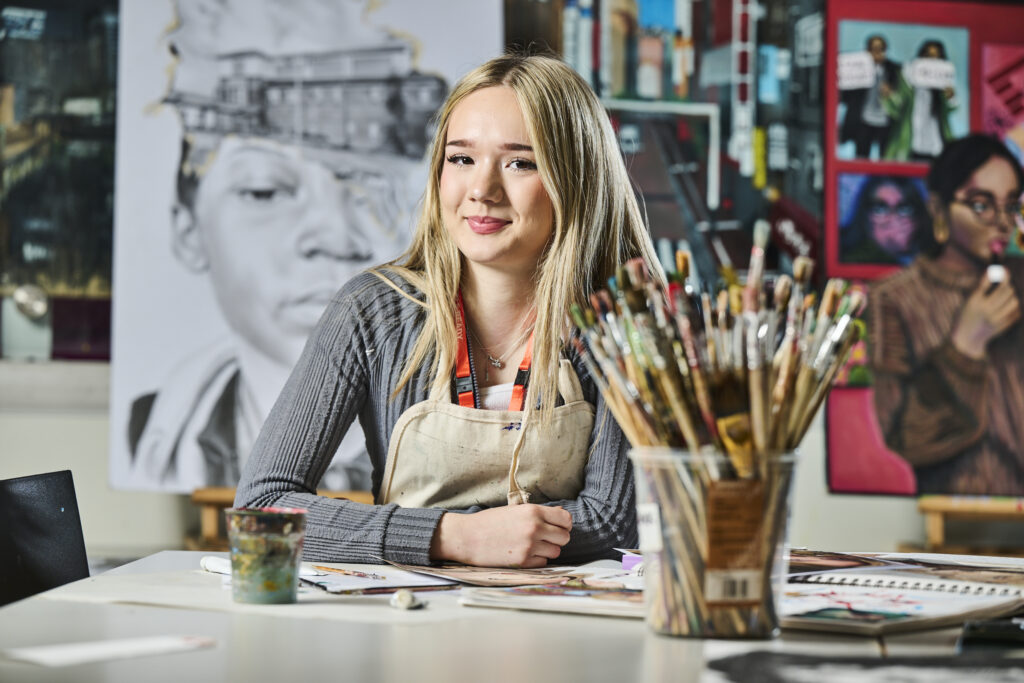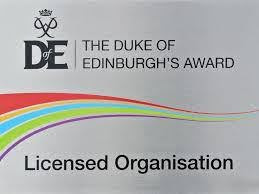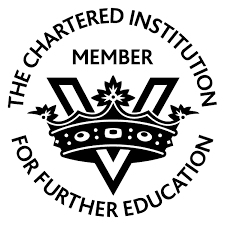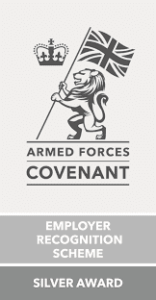Passionate about Art, creative and willing to explore different techniques and processes with an open mind? If this sounds like you, then Art & Design (Fine Art) A Level is ideal for students who want a career in the creative sphere or industries.
Art & Design is for learners who enjoy exploring a wide variety of fine art techniques and processes to produce both traditional and experimental original artwork, and you don’t necessarily need to have studied a creative subject at GCSE such as Art & Design, Graphics, Design Technology, Photography or Textiles.
The broad syllabus enables you to explore virtually any aspect of fine art, including:
- Tonal, perspective, gestural and experimental drawing
- Mono, intaglio and experimental printing
- Mixed media experimentation
- Acrylic, watercolour, gouache and oil painting
- Brusho and dye experimentation
- Paint pouring
- Digital manipulation
- Photography and graphics experimentation
- CAD development
You will be required to explore a wide range of these disciplines, then select one or more to develop your personal creative direction. Any combination of disciplines is permitted and final outcome(s) reflect these personal choices. You also study a diverse range of topics and related artists to broaden your contextual and theoretical knowledge, to enhance your practical work.
Themes explored previously in Art & Design include:
- Architecture
- Abstract Expressionism – Microbiology
- Internal/External Anatomy
- Portraiture
- Landscapes/Cityscapes
- Flora and Fauna
- Structures
- Heritage
- Identity
- Feminism
- Gender Stereotypes
- Culture
- Chiaroscuro
- Social Realism
Modules
Year 1:
Unit 1: Personal Creative Enquiry; An Introduction to Art & Design (Fine Art)
The Personal Creative Enquiry is 100% coursework based. You are introduced to and explore a wide range of traditional and experimental fine art techniques and processes, before selecting suitable disciplines to further develop and ultimately produce an original final piece, which builds and extends the breadth and depth of your creative practice.
Year 2:
Unit 1: Personal Investigation (60% weighting): You decide on a suitable theme and techniques, developing your imagination, artistic and investigative skills as well as your ability to critique your own work, ultimately producing a final piece. This component also includes a 1,500-3,000 word illustrated essay about an artist or genre of your choice.
Unit 2: Externally Set Assignment (40% weighting – set by the exam board): You are given a broad range of written and visual stimuli. You select one of these stimuli and use it as a starting point to elicit a personal response, again ultimately producing a final piece, during exam conditions (15 hours).
Facilities:
- A designated A Level Art & Design studio with full access to any equipment/materials required
- A designated independent work area and quiet room within the classroom space
- Adobe Suite editing and design programmes
- Access to the Fab Lab and laser cutters, T-shirt printers, vinyl printers and 3D printers












